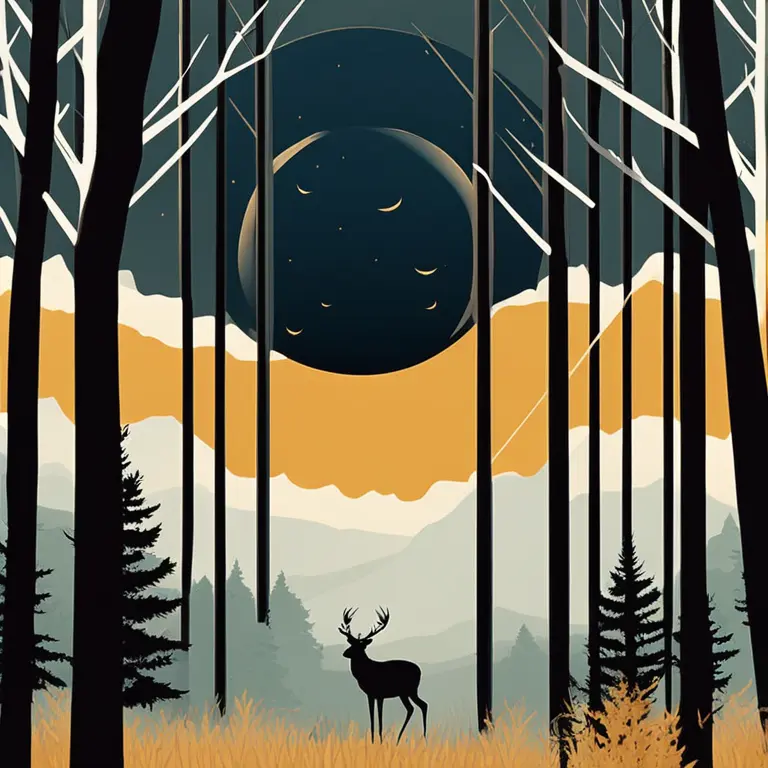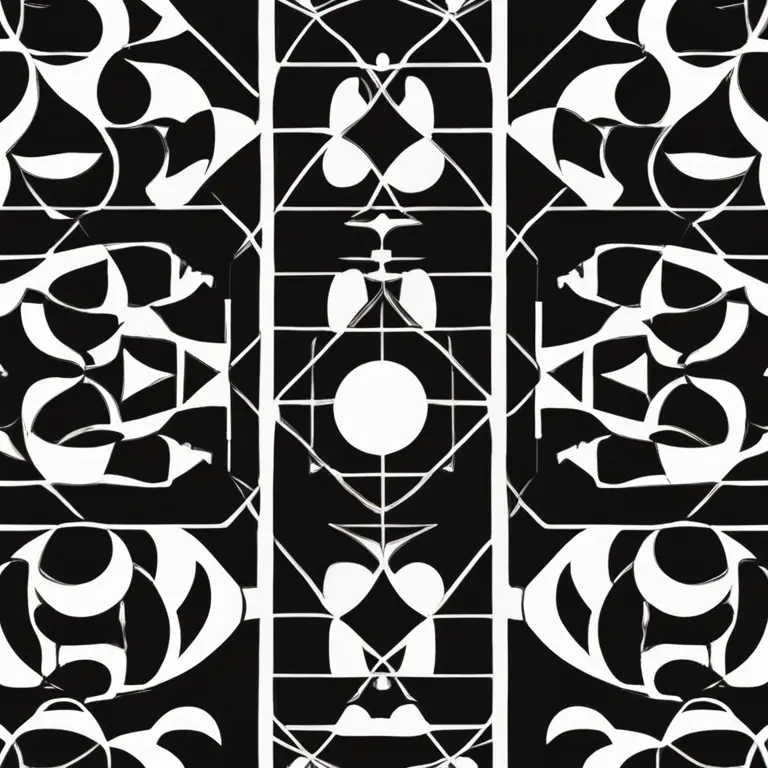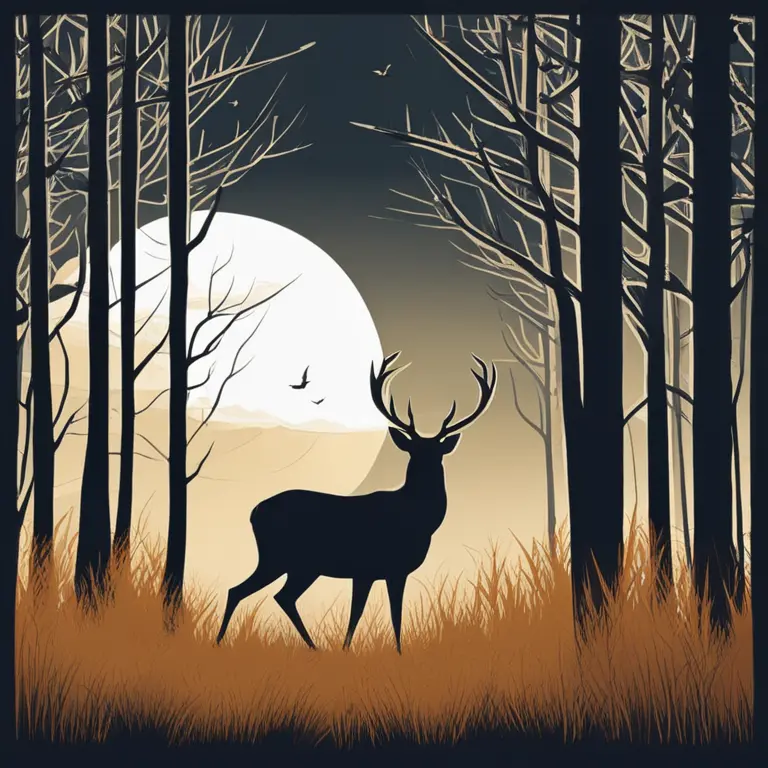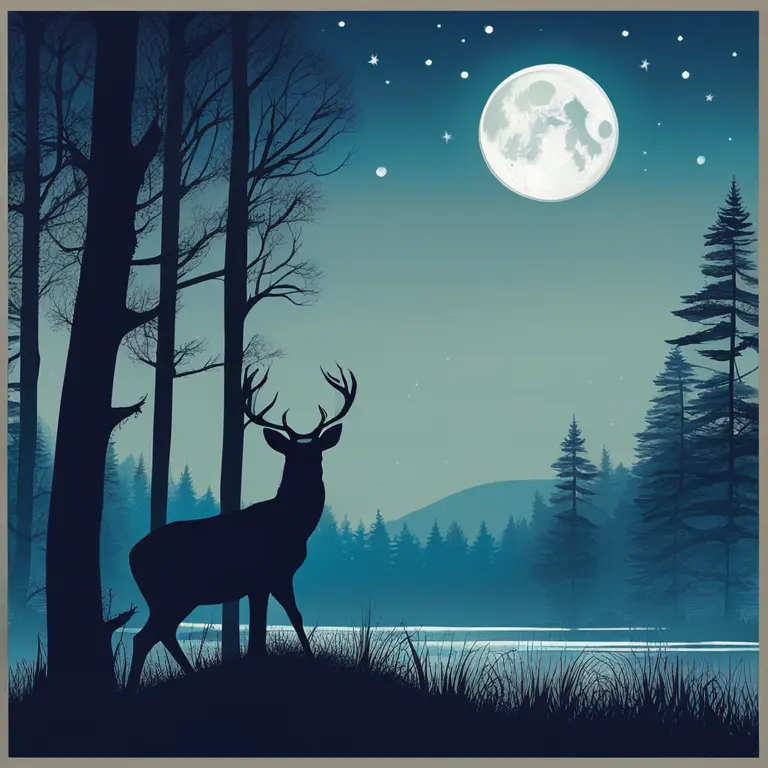
Unlocking Moon Phases for Deer Hunting
Discover the influence of the lunar cycle on deer activity and identify the best moon phases for deer hunting adventures.
article by Priya Deshmukh
Moon's Impact on Deer Behavior
Whether you're a seasoned hunter or new to the field, understanding the behavior of deer in relation to the lunar cycle can significantly improve your hunting success. The moon's phases affect animal behavior, as many hunters and wildlife enthusiasts have observed. Not only does the ambient light from the moon impact deer movement patterns, but the gravitational pull also plays a role in their feeding and breeding habits. Scientific studies and the anecdotal evidence of hunters suggest that certain moon phases can either enhance or hinder hunting opportunities.

Best Moon Phases for Deer Hunting
Though opinions among hunters may vary, the consensus often highlights the three to four days preceding the full moon as prime time for deer hunting. During this period, deer tend to feed earlier in the evenings, offering hunters better visibility and increased chances of a successful hunt. Conversely, the period following the full moon can see reduced daylight activity, as deer are more active at night with additional moonlight. Thus, targeting the days leading up to the full moon is a strategy many experienced hunters recommend.

Understanding the New Moon for Hunting
While the full moon receives plenty of attention, the new moon can also be an advantageous time to hunt. During the new moon, darkness prevails for most of the night, causing deer to be more active during daylight hours, which overlaps with the times when hunters are out in the field. The lack of moonlight means a less cautious approach from deer, leading to potentially more sightings and opportunities for a successful harvest.

The Waxing Moon and Hunting Prospects
The waxing moon, as it progresses from new to full, has its own set of advantages. During the first quarter and waxing gibbous phases, deer are progressively more active in the latter parts of the day. Post-sunset activity tends to increase as the moon becomes more visible in the sky each night. Hunters can use this knowledge to their advantage by timing their hunts to coincide with these periods of increased deer activity.

Effects of the Waning Moon
After the full moon, during the waning phases, deer seem to restrict their movement and feed less frequently in plain sight, especially in the waning gibbous phase. However, the waning crescent leading up to the new moon again sees a subtle increase in daytime activity. This shift can provide hunters with another strategic opportunity to plan their outings around the times when deer are more likely to be moving.
Practical Hunting Tips Around Moon Phases
To maximize hunting success during favorable moon phases, pay attention to other factors such as weather patterns, temperature changes, and the deer's rutting season, which usually peaks in mid to late November. An integrated approach, considering both the lunar cycle and environmental conditions, will offer the best results. Hunters should also ensure they are well-prepared with the right gear and familiar with the specific habits of the local deer population.
Harnessing 2024 Lunar Insights
Looking ahead to 2024, applying these moon phase insights can be particularly beneficial. Hunters can plan their expeditions using lunar calendars and weather forecasts to predict deer activity. As rutting season aligns with moon phases, those with an astrological interest may find additional layers of behavioral predictions that link to planetary alignments and movements for a holistic hunting forecast.
Published: 1/19/2024
Modified: 1/19/2024
More predictions
Come back here soon to learn more about yourself and your future


The Precision of Moon Phase Watches: A Detailed Review
Delve into the world of astronomical timepieces as we discuss the accuracy of moon phase watches and their place in the realms of timekeeping and astrology.


The Mystery of Lunar Phases: What Causes Them?
Delve into the celestial mechanics behind the lunar phases and how they influence our astrological interpretations.


The Reality of Moon Phase Soulmates
Delve into the mystical concept of moon phase soulmates and discover if there's truth behind the celestial connection.